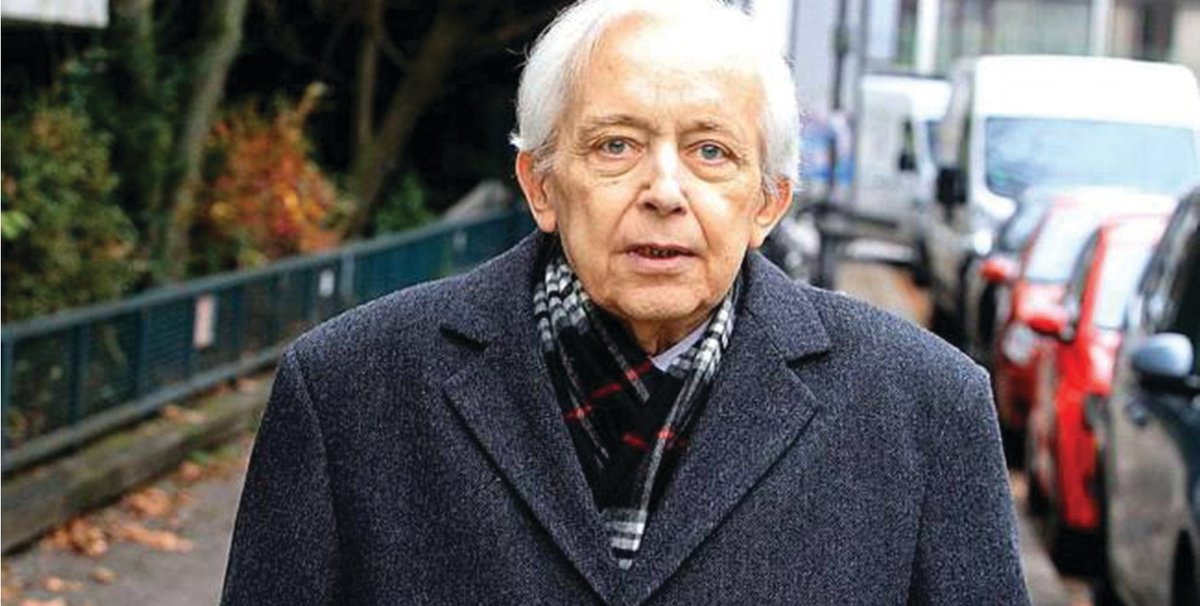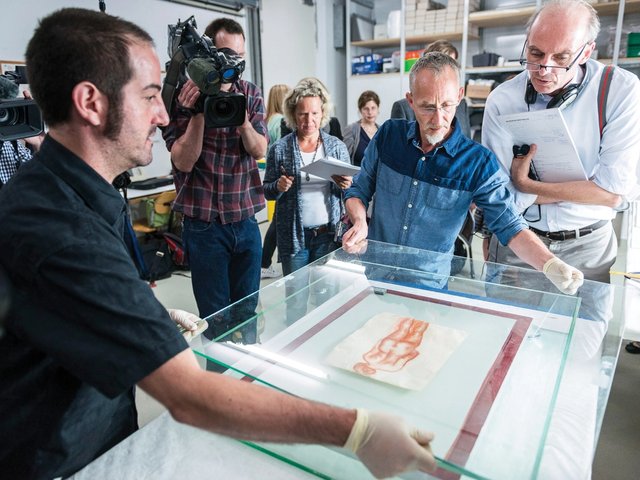Bern’s Kunstmuseum and Bonn’s Bundeskunsthalle announced that they will for the first time show a selection of works from Cornelius Gurlitt’s art collection in two exhibitions opening in November, four years after the secret cache in his Munich apartment first grabbed headlines.
The show opening at Bern’s Kunstmuseum on 2 November (until 4 March 2018) will focus on the “degenerate” art seized from German museums in an operation masterminded by the Nazi Propaganda Minister Joseph Goebbels. Cornelius’s father, Hildebrand Gurlitt, was one of four dealers appointed to sell the art the Nazis hated abroad. Bern will also show art by Gurlitt’s family. Cornelius’s aunt Cornelia Gurlitt and his great-grandfather Louis Gurlitt were both artists whose work survived in his collection.
The show at Bonn’s Bundeskunsthalle, opening on 2 November (until 11 March 2018), will focus on Nazi art plunder and provenance research. The exhibition will then transfer to Bern and later to Berlin, where it is planned to show at the Martin Gropius Bau in autumn 2018. A joint committee will oversee both exhibitions and is examining further potential venues.
Gurlitt’s collection comprises about 1,500 works, including art by Claude Monet, Paul Cézanne, Ernst Ludwig Kirchner, Otto Dix and Gustave Courbet. He died on 6 May 2014, weeks after undergoing heart surgery, leaving his entire wealth to the Bern Kunstmuseum.
Since its discovery and seizure by customs officials, the hoard has been hidden from view in an art storage facility near Munich. The exhibitions were delayed because Gurlitt’s cousin Uta Werner contested his will. Her challenge was finally dismissed by a Munich court in December.




